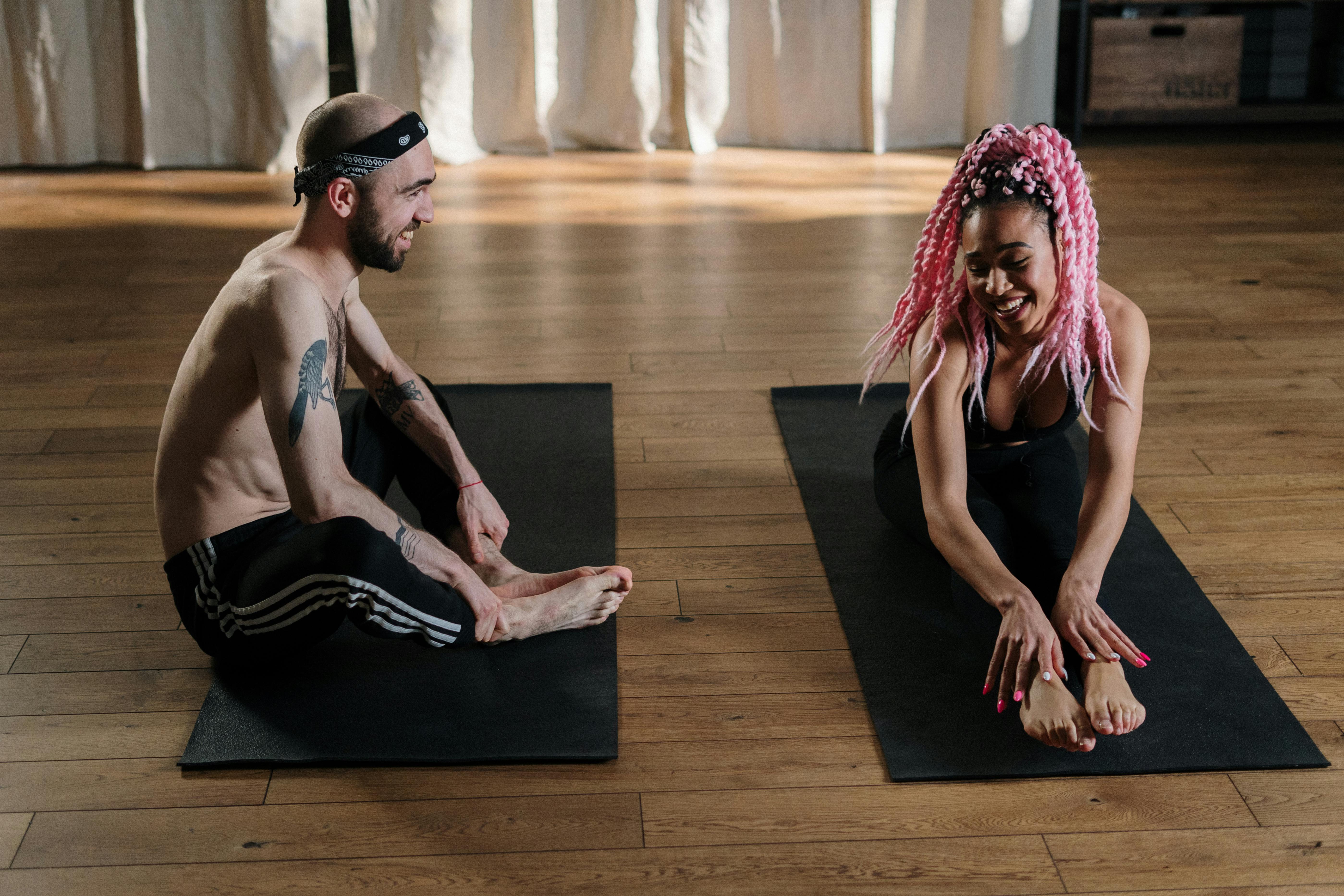If you’re planning on trying to hike up Ben Nevis this summer, there are some interesting facts you might want to know. At 1,344 meters high (or 4,408 feet), Ben Nevis is the highest mountain in the British Isles and as such is the biggest challenge for any UK climber or walker. It’s also a challenge for people to break into the record books by trying to climb in peculiar ways!
For the novice or non-serious hiker, once this peak has been reached, you can sit back and hang up your walking boots knowing you’ve passed the ultimate hike (height-wise, anyway).
Ben Nevis, translated from Gaelic means ‘Mountain of Heaven’. The first recorded ascent was in 1771, and in 1883 the trail and observatory were built by Clement Linley Wragge, nicknamed Inclement Wragge.
Ben Nevis Weather:
If you plan to hike to Ben Nevis, you’ll have a hard time picking a day with perfect weather. The mountain summit is only clear on one day in 10 on average. Records from the old observatory show 261 gales per year and 4,350mm of rain, compared to less than half that amount at Fort William, the town at the foot of the Ben. The rainiest month of the year is December. Only in April, May and June the monthly precipitation is less than 25 cm.
The AVERAGE temperature at the summit is one degree below zero.
Deep snow is found year-round in large pockets at the foot of the north and northeast cliffs, and snow can fall in any month of the year.
Every year around 100,000 visitors come to the summit. Following the trail on a summer day is a fairly safe way to reach the top, but going off trail or climbing rocks can be very dangerous. In a five-year period there were 13 deaths on the mountain. Although most people in average shape can reach the top safely, it’s not a walk in the park, and common sense safety precautions should be followed.
Check the weather before you go out!
Always make sure someone knows you’re going to climb the mountain so they can raise the alarm if you don’t come back!
Follow the path!
Meteorologists in Ben Nevis:
Wragge was a meteorologist who climbed Ben Nevis every day to collect weather information. Wragge would collect data from various points on the way up and down the mountain, and his wife would collect readings from his house at sea level. His journey took four hours to reach the top, and he was away from home for about 11 hours a day. From June 1, 1881 to October 14, 1882, and for a similar period in 1882, Wragge climbed the mountain every day without fail. Sufficient funds were raised in 1883 to build the driveway and the 13-foot-square room with 10-foot-thick walls that would be the Observatory. To help raise funds, walkers using the path were charged 1 shilling (5p in modern money) and 3 shillings if they were on horseback. Permits can be purchased at a store in Fort William, or from a trail maintenance man based at the cabin halfway up.
In 1884, an office, two bedrooms, and a visiting room were added to the observatory, along with a 30-foot tower (which would rise above the snow in the winter). The observatory was connected by telegraph and later by telephone to the Fort William Post. Office. From 1884 to 1904, when funds ran out, the observatory was permanently manned and weather conditions rigorously recorded. The normal summer shift at the summit was two months. They had fresh food in the summer. In the summer canned food for nine was eaten by horses for months, and coke, for fuel, was transported in the same way.
For fun, observatory staff sledding, snowshoeing and skiing, and made outdoor ping pong out of frozen snow. They carved wood and played the bagpipes, violin, flute, mandolin and accordion. One of his more frightening pastimes involved throwing large rocks off cliffs so he could hear them rumble and crash into the valley below.
Temperance Hotel:
A small wooden annex hotel was also inaugurated, the Temperance Hotel, run by two young ladies who provided food and beds during the summer months. They charged 3s for lunch and 10s for tea, bed and breakfast. A fashionable way of ascending the mountain was by pony, and 21 shillings hired the pony and a guide.
In 1916 the hotel also closed and the buildings gradually fell into disrepair, aided by fire and climbers who in 1950 were seen removing lead from the roof and rolling it down the mountain.
Ben Nevis conquered by Car:
In 1911, a 20-horsepower Ford Model T was driven to the top of the mountain as a publicity stunt by Ford agents in Edinburgh. Henry Alexander Jr, the owner’s son, was the driver. The car was not simply driven down the track – it involved 10 days of preparatory work to find and verify a passable road to the halfway mark and put in bridge planks. It took three more days to drive the car to this point and only two more days to cover the stones and snow to the observatory. The car would sink deep into the swampy ground and would have to be pulled out by roll. The ‘Daily Telegraph’ reported at the time that a wrong turn of the steering wheel would mean a fall that would have caused the total destruction of the car, and the certain death of the driver!
Me Alexander was feted like a hero when the car returned to Fort William. After the brakes were adjusted no further repair was necessary and the car was driven back to Edinburgh.
Alexander seemed to enjoy his feat so much that he repeated it in 1928, this time in a standard New Ford (Model A Ford). The last quarter mile was driven with four passengers.
Ben Nevis conquered by Bed:
In 1981, a group of Glasgow University medical students pushed a bed to the top; they were accompanied by former newscaster Reginald Bosanquet (then 48) who plummeted 1000 feet. He later recovered and was able to walk down.
Other strange climbs:
A man from Fort William pushed a wheelbarrow to the summit and back before 1911.
A horse and cart have also been driven to the top.
In September 1980, kilting Kenneth Campbell of Ardgay, Ross-shire, brought a keg of beer to the top to raise money for cancer research. The barrel had legs on each side so he could set it down whenever he needed a breather.
Kenny himself also carried a piano to the summit and back.
So as you plan your hike or relax after you’ve accomplished it, just think of the man who scaled the mountain day after day to take readings at the observatory, or those who attempted the climb under unlikely circumstances. For me, once was enough to say that he had done it. But maybe the stories of the previous endeavors have inspired you…?




